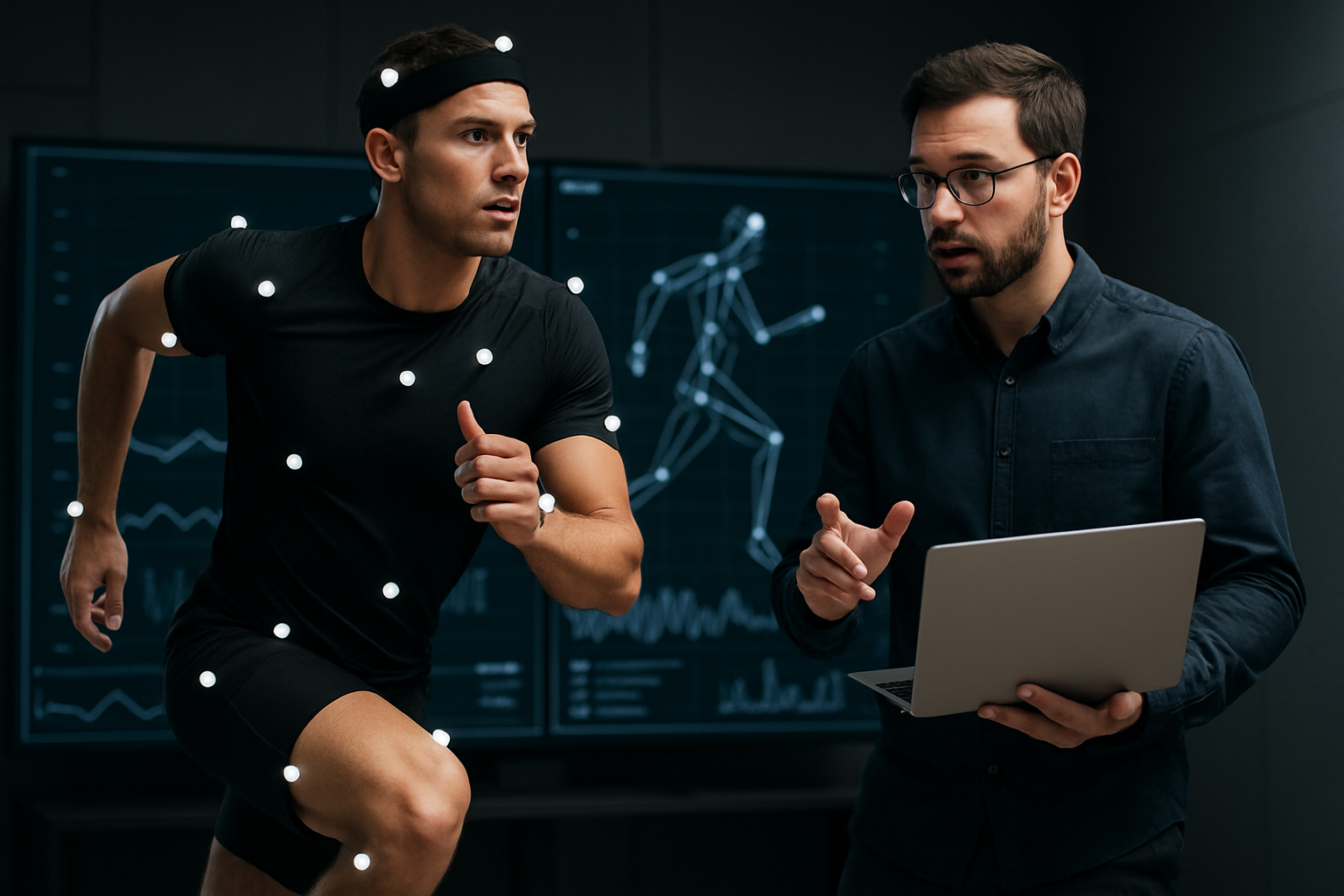How performance analytics can refine athlete training
Performance analytics applies data-driven methods to assess physical output, skill execution, and recovery patterns. This short summary highlights how analytics integrates with athletics and coaching to shape targeted training plans, monitor endurance and fitness, and support rehabilitation and youth development.

Performance analytics is changing how athletes, coaches, and support staff approach training. By converting motion, biometric, and contextual data into actionable insights, analytics helps identify strengths and limits, refine session structure, and align preparation with the demands of competition. When applied thoughtfully, data supports clearer communication within teams and between coaching and medical staff, improving consistency in fitness goals, workload management, and measurable progress over time.
This article is for informational purposes only and should not be considered medical advice. Please consult a qualified healthcare professional for personalized guidance and treatment.
How does analytics support training?
Analytics provides objective measures that complement traditional observation. Wearable sensors, video analysis, and tracking systems quantify movement patterns, intensity, and volume so training plans can be adjusted based on measurable responses rather than inference alone. For example, load monitoring can reveal when an athlete consistently exceeds recovery capacity, which prompts modifications in session intensity or frequency. These insights help coaches tailor drills and conditioning work to athlete-specific needs while maintaining consistency in goals related to fitness, endurance, and technical development.
How can analytics improve performance?
Performance improvements often come from identifying small, repeatable gains in technique, pacing, or decision-making. Analytics isolates variables linked to success—such as stride length in athletics, heart-rate responses during intervals, or split times in endurance events—and tracks progress against those metrics. This evidence-based approach supports incremental adjustments that compound over time. Analytics also helps simulate competition scenarios, allowing athletes to practice realistic pace and strategy while quantifying the impact of those choices on overall outcomes.
What role do analytics play in coaching strategy?
Coaching strategy evolves when data clarifies how individual athletes respond to different workloads and tactical approaches. Coaches can use analytics to prioritize technical sessions, rest periods, or strength work depending on the athlete’s current performance profile. Data visualizations and comparative metrics allow coaching staff to make transparent decisions about training progression, substitution, or event selection, and to align team strategy with measurable objectives. This fosters teamwork between staff and athletes through shared evidence rather than solely subjective judgment.
Can analytics inform recovery and rehabilitation?
Yes. Recovery and rehabilitation benefit from continuous monitoring of physiological markers—sleep quality, heart-rate variability, and movement symmetry—combined with functional performance tests. Analytics can detect anomalies that precede injury or indicate incomplete recovery, guiding gradual reintegration into full training. In rehabilitation, objective progress markers allow clinicians and coaches to set realistic milestones, reducing the risk of reinjury. Clear, data-driven benchmarks also help athletes understand the rationale behind phased returns to training and competition.
How does analytics influence endurance and fitness?
Endurance training relies on pacing, energy-system development, and controlled progression. Analytics enables precise tracking of training load, lactate threshold estimates, and VO2-equivalent approximations from wearable data. This allows practitioners to design interval structures and long runs that target specific physiological adaptations while avoiding sudden increases in volume that raise injury risk. Monitoring trends across weeks and months provides a reliable basis for tuning fitness cycles to peak at important events, improving consistency in conditioning outcomes.
How can analytics support youth development and teamwork?
For youth athletes, analytics offers age-appropriate monitoring that emphasizes long-term development over short-term results. Data can inform balanced training that prioritizes growth, motor-skill variety, and injury prevention. In team contexts, shared metrics support coordination between players and coaching staff, helping align roles and strategy during events. When introduced carefully, analytics teaches athletes to interpret feedback, engage with recovery practices, and contribute to a collective approach to performance without reducing development to single metrics.
Conclusion
Performance analytics refines athlete training by providing objective information that complements coaching knowledge, informs recovery and rehabilitation, and supports strategic decisions for competition and long-term development. When integrated with clear communication and professional oversight, analytics helps maintain a balanced focus on fitness, endurance, and technical progress while fostering teamwork and accountability across athletes, coaches, and medical staff.





